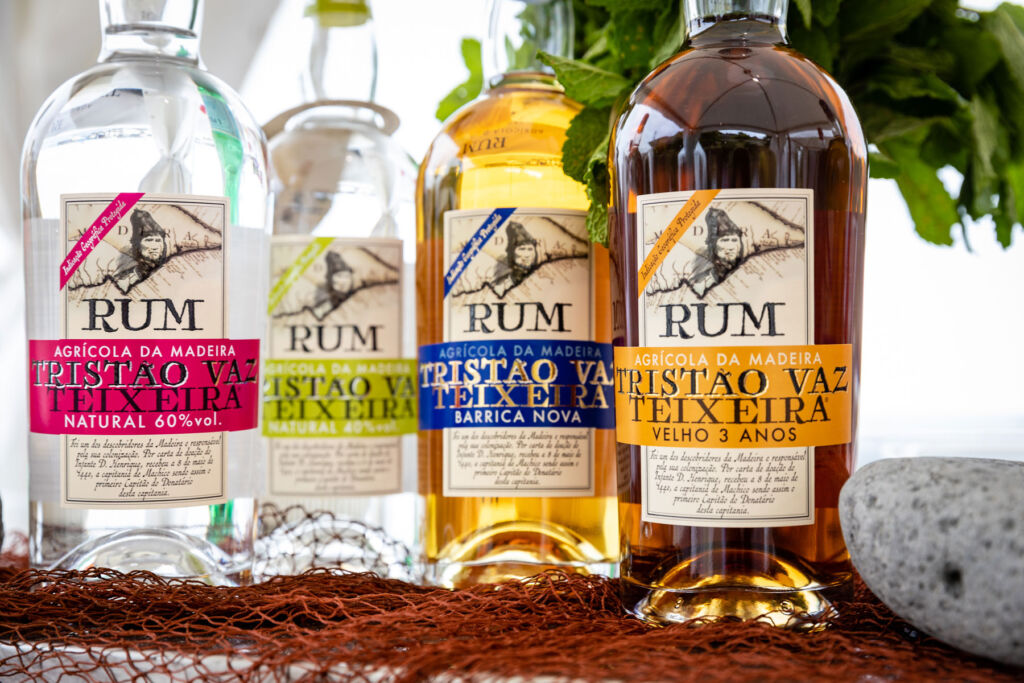
As rum lovers seek to widen their repertoire and palette away from the generic, sometimes excessively sweet, molasses-based rums, Agricole rums are becoming increasingly popular. They sit in the Premium rum category as they are rarer and offer a more complex flavour profile than molasses-based rums.
With Agricole rums, you experience subtle notes of the sugarcane itself, which is not found in molasses rums. Agricole rums take on more layers of flavouring depending on the barrel or casks in which they have been aged.
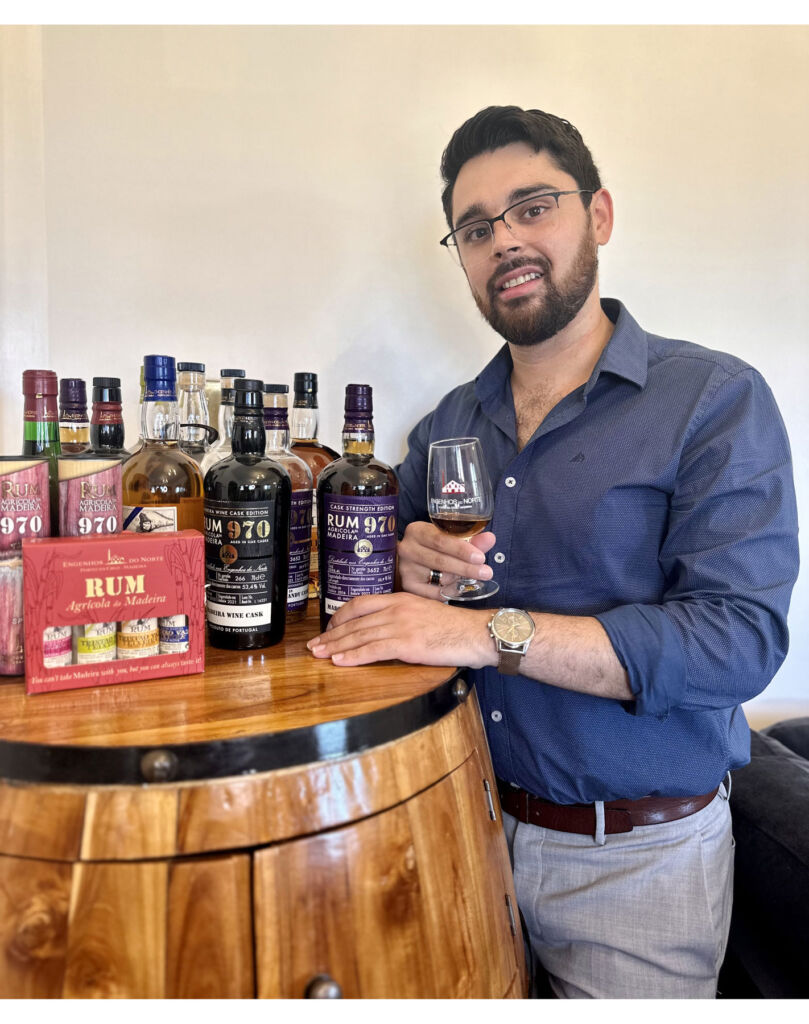 Aged Agricole rums from Madeira, in particular, are unlike any others globally. The high-quality sugarcane varieties grown on the Island contribute to the refreshing tones of true Madeiran rum.
Aged Agricole rums from Madeira, in particular, are unlike any others globally. The high-quality sugarcane varieties grown on the Island contribute to the refreshing tones of true Madeiran rum.
History of Madeiran rum
Madeira Island (known as the Pearl of the Atlantic) is located 850 km southwest of Portugal with a population of around 250,000 and was officially discovered in 1419 by three explorers – João Gonçalves Zarco, Tristão Vaz Teixeira and Bartelomeu Perestrelo – by the order of Prince Henry the Navigator.
The first settlers of Madeira cleared the Island’s dense laurel forest to grow grain but soon after decided to plant sugarcane instead, with these crops originating from Sicily.
Madeira’s geographic location, warm climate, abundance of water and fertile volcanic soil meant sugarcane flourished and contributed to the Island’s prosperity, during which time Madeira began its production of Rum.
However, the sugar and rum industry of Madeira started to experience a decline in the 16th century as a result of the decision to plant sugarcane in Brazil, a Portuguese colony at the time.
Sugarcane grew effortlessly in Brazil and Madeira – with its sloped land and more labour-intensive production; however, it could not compete against Brazil’s new, cheaper sugar.
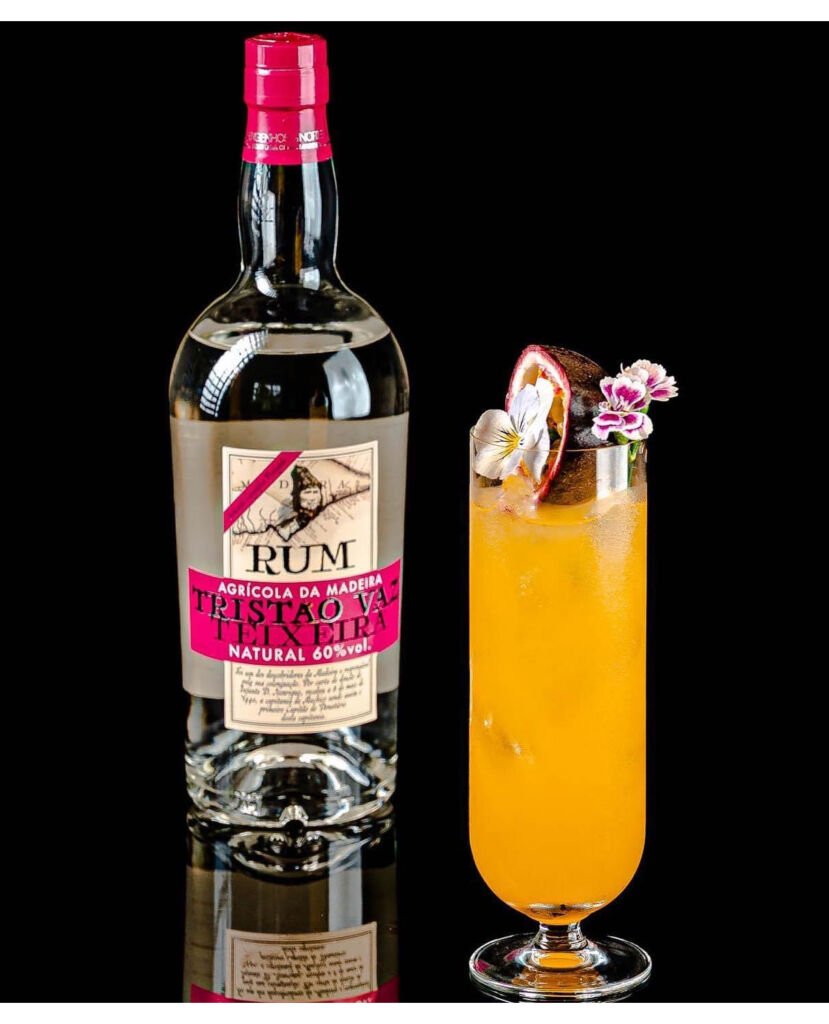 The 21st century has seen a revival of the sugar and rum industries on the Island, thanks to government support and a drive by the local population to renew their traditional skills and heritage.
The 21st century has seen a revival of the sugar and rum industries on the Island, thanks to government support and a drive by the local population to renew their traditional skills and heritage.
Today, sugarcane accounts for 172 hectares of the Island, with all the production carried out by small family-owned farms. The cane continues to be grown on sloped land, and for that reason, small-scale farmers continue to harvest sugarcane by hand without the use of large-scale machinery.
Madeirans take great pride in knowing that sugarcane continues to be harvested in this traditional way, and it’s believed this corresponds to an exceptional product as the care and quality of the sugarcane are considered paramount.
Madeira Rum is Unique
All Rum comes from sugarcane. However, not all sugarcane is created equally. Madeira sugarcane is considered one of the best in the world with very distinct characteristics, thanks to Madeira’s unique microclimate, volcanic soil, altitude, and oceanic influences, which contribute to the cane’s distinct nuanced flavour profile, rich in aromatic compounds and complexity.
There are three types of sugarcane grown on the Island: POJ 2725 (also known as Purple cane), NCO 310 (also known as Green cane) and Yuba (also known as Canica), which is endemic to the Island.
Madeira rum comes from this exceptionally high-quality cane and is also taken through a careful production process that influences the final flavour.
The Process
The first stage in the process of rum-making is harvesting. To preserve the sugarcane’s quality and considering the Island’s sloped terrain, all harvesting is done by hand, which means care and attention to detail are paramount. The sugarcane will only be harvested if it has a minimum of 15º Brix sugar levels.
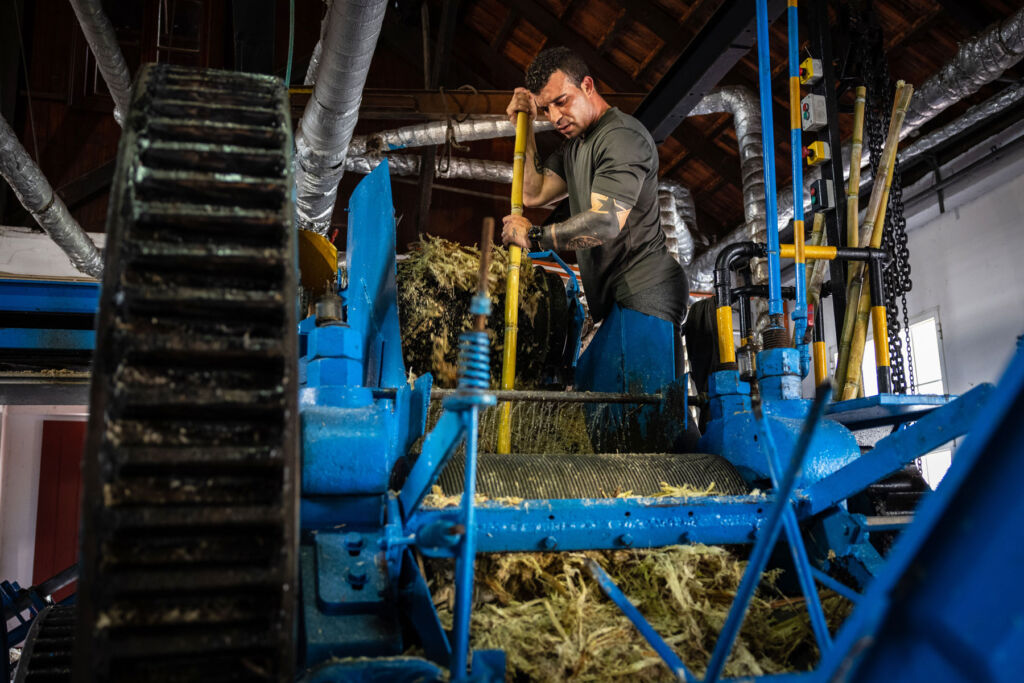
The next step is crushing the sugarcane. This is done in more than one mill to ensure all the juice is extracted. In most cases, the crushing is done the day after the cane has been harvested to maintain the sugar level and extract the maximum quantity of juice. The crushed sugarcane juice then goes into a reservoir where the next step occurs.
The fermentation process begins after crushing the cane where the juice is extracted. The process is exclusively alcoholic fermentation with the help of yeast and usually takes between 24 and 72 hours.
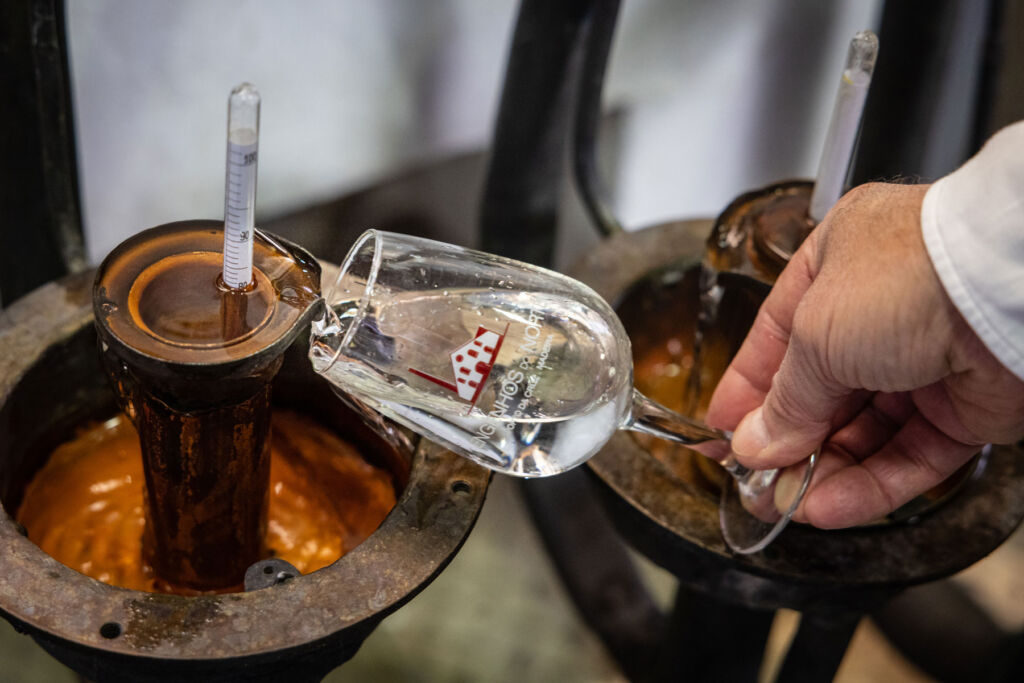
The penultimate stage in rum making is distillation, and in Madeira, the most traditional type of distillation is achieved via copper still, which results in small-batch rums with unique flavour profiles. Madeira Rum can also be distilled in a column still, which allows for a more consistent rum and higher volumes.
The ageing phase is the last and most important element in producing Madeira Rum. All Madeira Rums are aged in French oak barrels, contributing to deep and rich flavour profiles.
The most Premium rums of Madeira will typically be aged in oak casks that previously held Madeira Wine. These casks impart a sweet, brandy-like flavour to rums, incomparable to others on the market.
Madeira Rum Producers
Madeira only produces Agricole rums—rums made by distilling fresh sugarcane juice—in contrast to over 90% of the rums produced globally, which are Molasses-based. Molasses is a by-product from the refinement of sugar, so in essence, it is a cheaper way of producing Rum.
With Agricole rum, no sugarcane juice is diverted to making sugar. Therefore, with Agricole rum, the consumer gets the full essence of the sugarcane in the final product.
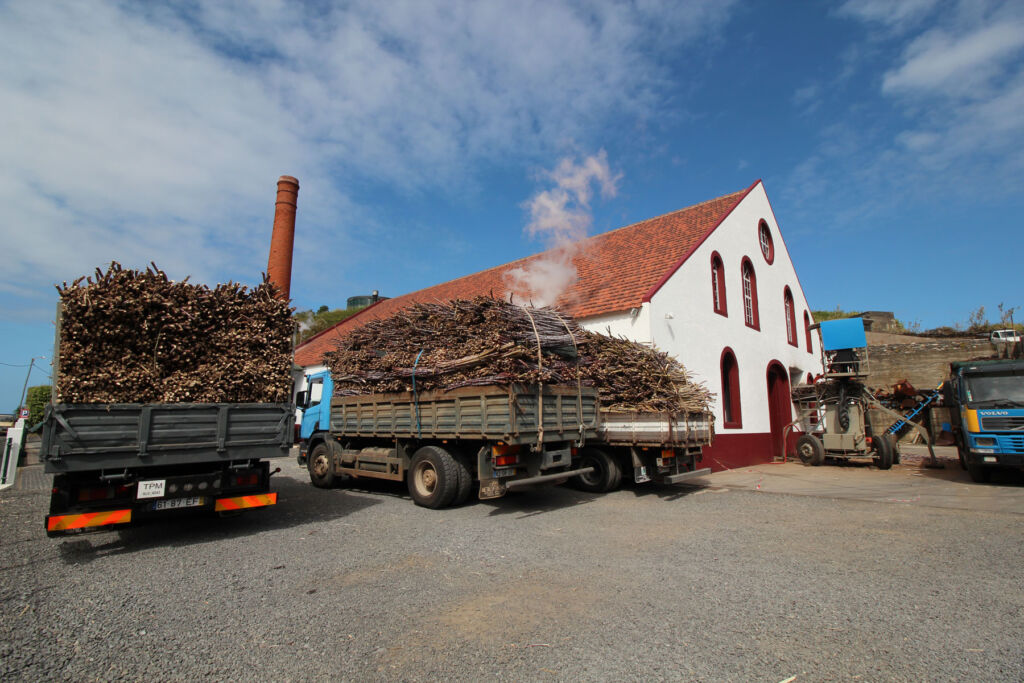
There are currently six different producers of Rum across Madeira, and combined, these six producers crush an average of 12,000 tonnes of sugar cane per annum, which corresponds to around 350,000 litres at 100% abv. Most of this is used to produce Rum, with a smaller proportion diverted to make sugarcane honey.
When considering the whole production process of Madeira Rum, from the harvesting of the cane to the ageing of the distilled product, we can understand why Madeira Rum is highly renowned for its smoothness, richness, and complexity. Notes of dried fruits, caramel, and vanilla sing in harmony to the tune of bolder oak tones, making for a truly exceptional product.
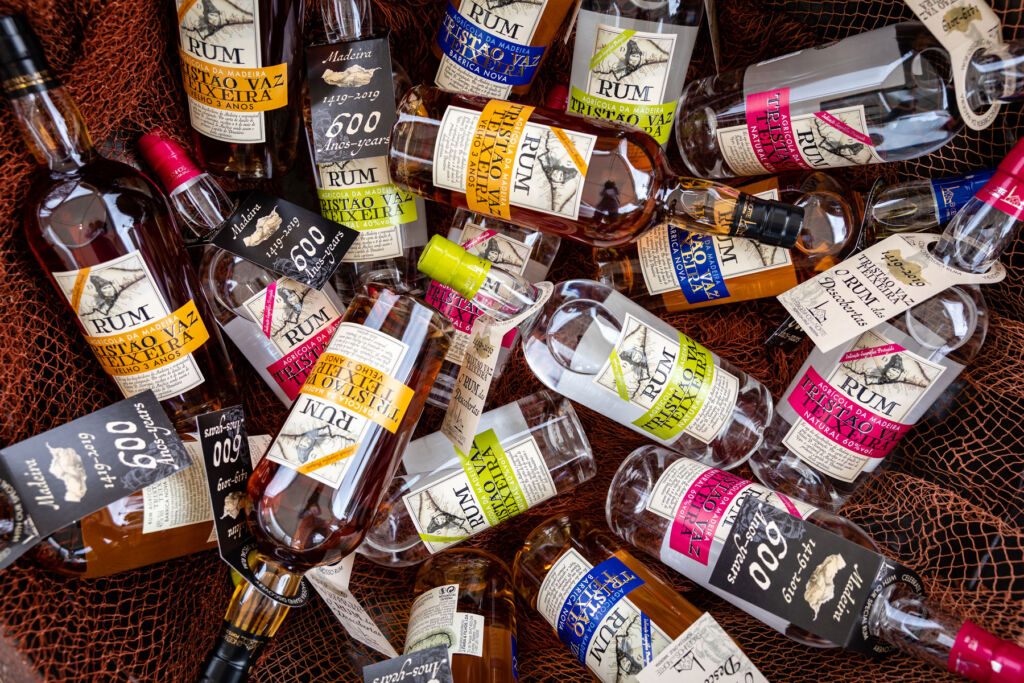
About the Author
Harold Vieira is co-founder of Harold & Hansa, experts in Madeira Rum. Established in 2021, Harold & Hansa is on a mission to turn the spotlight on lesser-known, premium-quality rums from Madeira. Co-founder Harold is from this beautiful Portuguese Island, and his family has been involved in the rum trade for many years.
Madeira creates some of the best rums in the world using exceptional sugarcane varieties and a meticulous production process. The team at Harold & Hansa handpick the finest rums from the Island to bring to the trade and consumers in the UK.
The company also organises rum-tasting events to take you on a journey to discover the spirit of Madeira, sip by sip.
Read more drinks features in our dedicated section here.
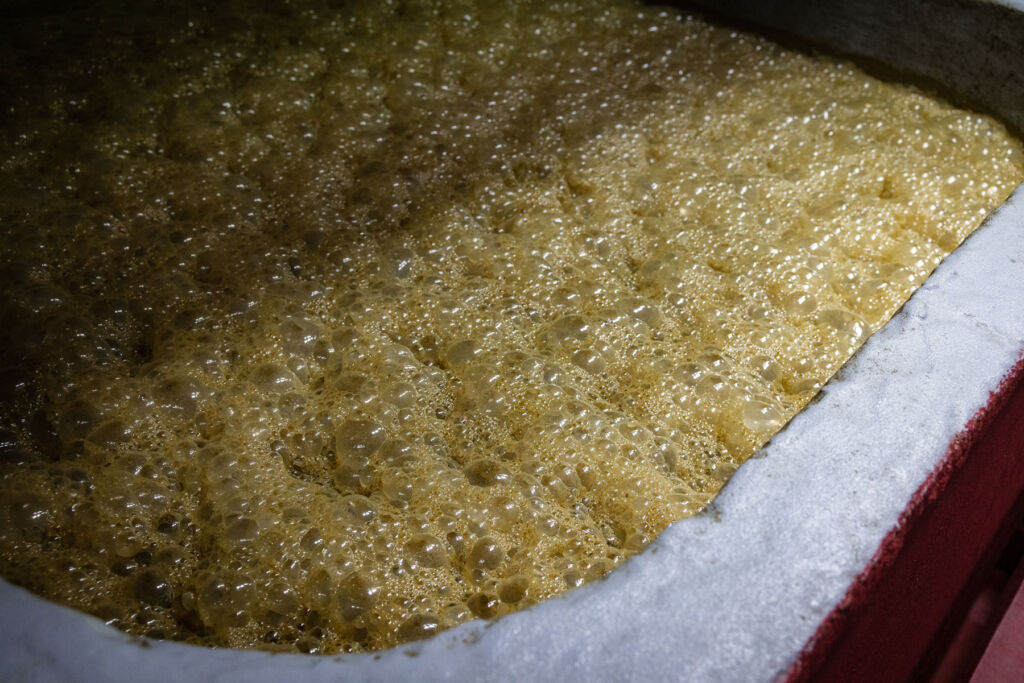
![]()

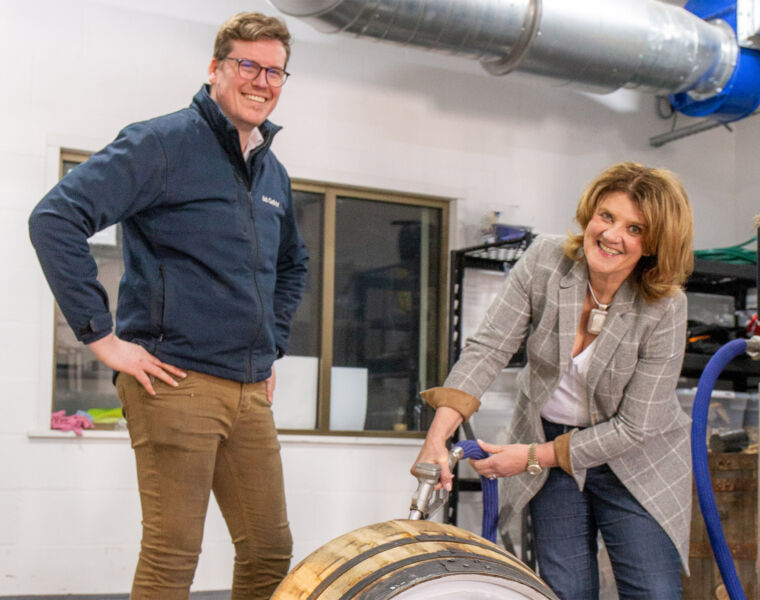
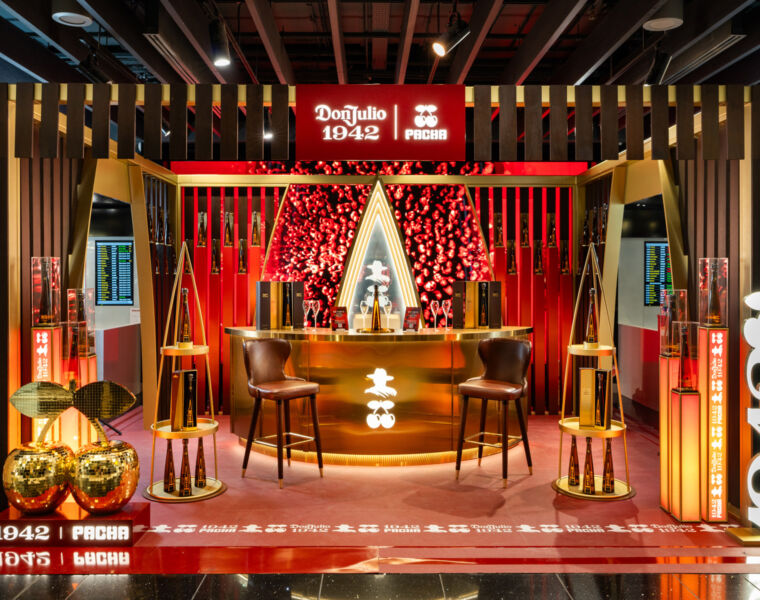
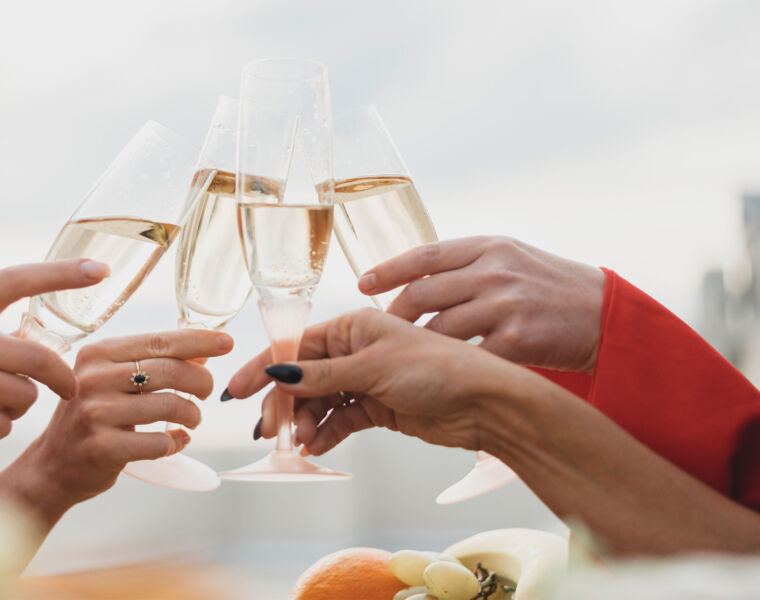
You must be logged in to post a comment.